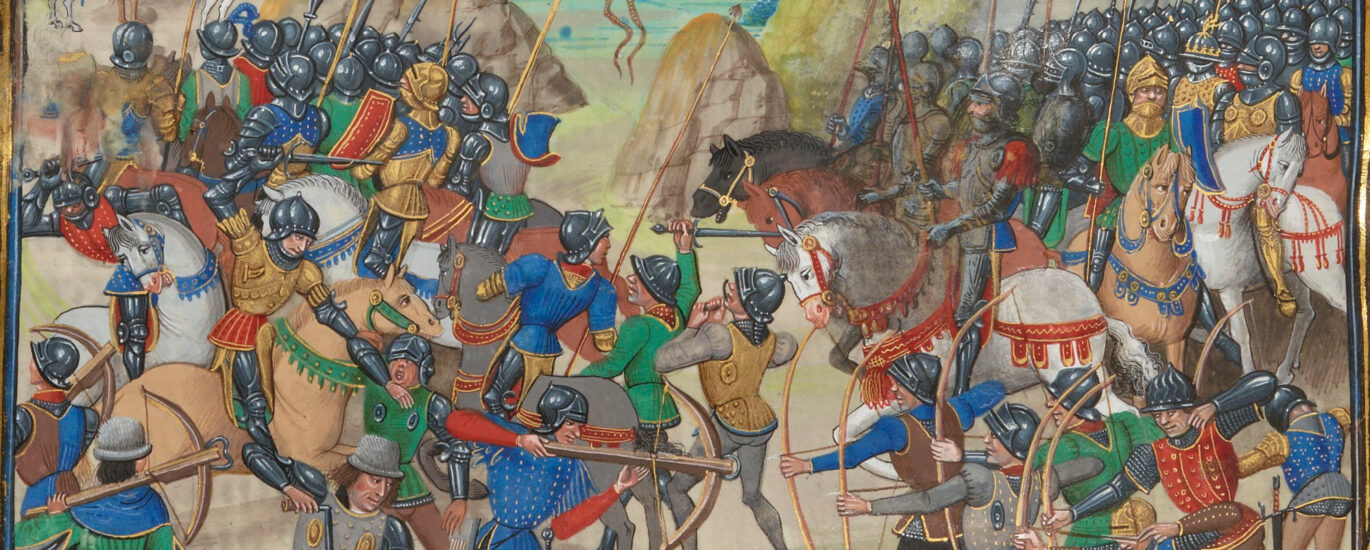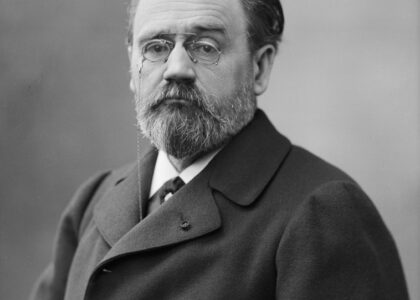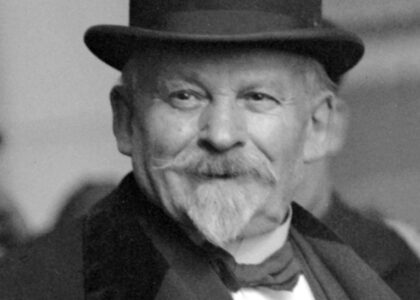Welcome to the historic site of the Battle of Crécy, a pivotal event in the Hundred Years’ War between England and France. On August 26, 1346, King Edward III of England faced off against King Philip VI of France in a confrontation that would change the course of medieval warfare. As you stand here, imagine the rolling hills and the tension in the air as two mighty armies prepared for battle.
Edward’s forces, though significantly outnumbered, had a strategic advantage. The English troops, including thousands of Welsh longbowmen, were positioned on a hillside, giving them a commanding view of the approaching French forces. This elevated position, coupled with the revolutionary use of the English longbow, proved decisive. The longbowmen, firing arrows at a rapid pace, decimated the ranks of the French crossbowmen and cavalry.
Notable figures such as Edward, the Black Prince, who was just 16 years old at the time, played a crucial role in the battle. Despite his youth, he led a division of the English army with remarkable skill and bravery. On the French side, John of Bohemia, a revered knight despite his blindness, fought valiantly and tragically lost his life that day.
The Battle of Crécy was not just a military engagement but also a turning point in medieval warfare. It marked the decline of the mounted knight’s dominance and the rise of infantry and ranged weapons. The English victory at Crécy set the stage for further successes, including the capture of Calais, which remained under English control for over two centuries.
As you reflect on these events, consider the broader context of the Hundred Years’ War, a conflict driven by dynastic struggles and territorial ambitions. The battle’s legacy endures, with the dominance of the longbow remembered as a symbol of English military prowess.






